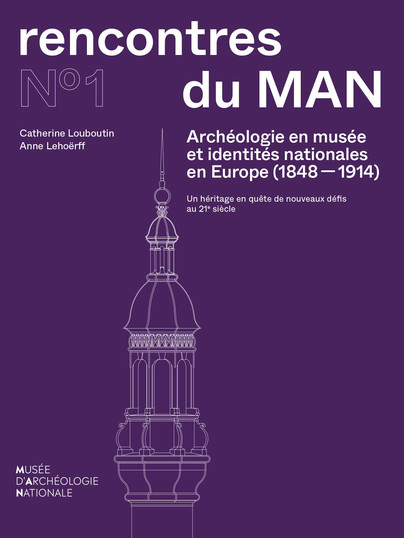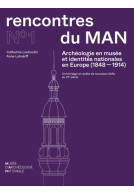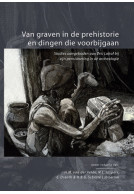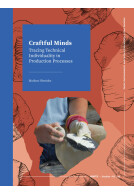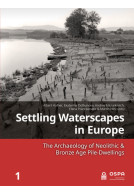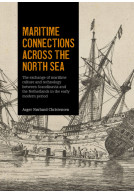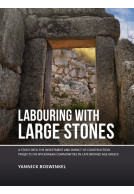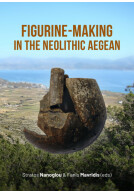Archéologie en musée et identités nationales en Europe (1848-1914) (Hardback)
Un héritage en quête de nouveaux défis au 21e siècle
Imprint: Sidestone Press
Series: Rencontres du MAN
Pages: 502
Illustrations: 140fc / 103bw
ISBN: 9789464262643
Published: 30th April 2024
Script Academic & Professional
Series: Rencontres du MAN
Pages: 502
Illustrations: 140fc / 103bw
ISBN: 9789464262643
Published: 30th April 2024
Script Academic & Professional
You'll be £150.00 closer to your next £10.00 credit when you purchase Archéologie en musée et identités nationales en Europe (1848-1914). What's this?
+£4.99 UK Delivery or free UK delivery if order is over £40
(click here for international delivery rates)
Order within the next 11 hours, 2 minutes to get your order processed the next working day!
Need a currency converter? Check XE.com for live rates
(click here for international delivery rates)
Order within the next 11 hours, 2 minutes to get your order processed the next working day!
Need a currency converter? Check XE.com for live rates
Des spécialistes de l’ensemble de l’Europe décrivent les enjeux politiques et scientifiques auxquelles a présidé la fondation des musées d’archéologie entre 1848 et 1914. Au travers de personnalités éminentes, le livre restitue un tour d’horizon européen des institutions muséales abritant les vestiges issus du sol. Au-delà d’une histoire de l’institution, il s’agit de montrer comment une pensée politique et des conceptions historiques se sont retrouvées reflétées dans les musées, en retraçant aussi bien une histoire scientifique que toute une société savante et l’esprit d’une époque.
Entre hier et aujourd’hui, quels musées au sein d’une même nation, quelles réalités et quelles politiques ? Les musées d’archéologie doivent-ils toujours raconter l’histoire de la nation, et quelle histoire ? Comment gèrent-ils la contradiction qui pèse entre la recherche scientifique, en perpétuelle interrogation, et le désir de se rattacher à des racines ancrées dans un socle identitaire stable ? Aujourd’hui au cœur d’un nouveau paysage des musées d’archéologie, réel ou idéal, ces questions sont également abordées.
English abstract
Specialists from across Europe describe the political and scientific challenges that accompanied the foundation of archaeological museums between 1848 and 1914. Through eminent personalities, the book provides a European overview of museum institutions housing artifacts derived from the ground. Beyond the history of the institution, the aim is to demonstrate how political thought and historical conceptions found reflection in museums, tracing not only a scientific history but also an entire scholarly society and the spirit of an era.
Between the past and the present, which museums exist within a nation, what realities, and what policies? Should archaeological museums always narrate the history of the nation, and which history should that be? How do they manage the contradiction that arises from the perpetual questioning of scientific research and the desire to connect with roots firmly entrenched in a stable identity? Today, at the heart of a new landscape of archaeological museums, whether real or ideal, these questions are also addressed.
Other titles in the series...
Other titles in Sidestone Press...







